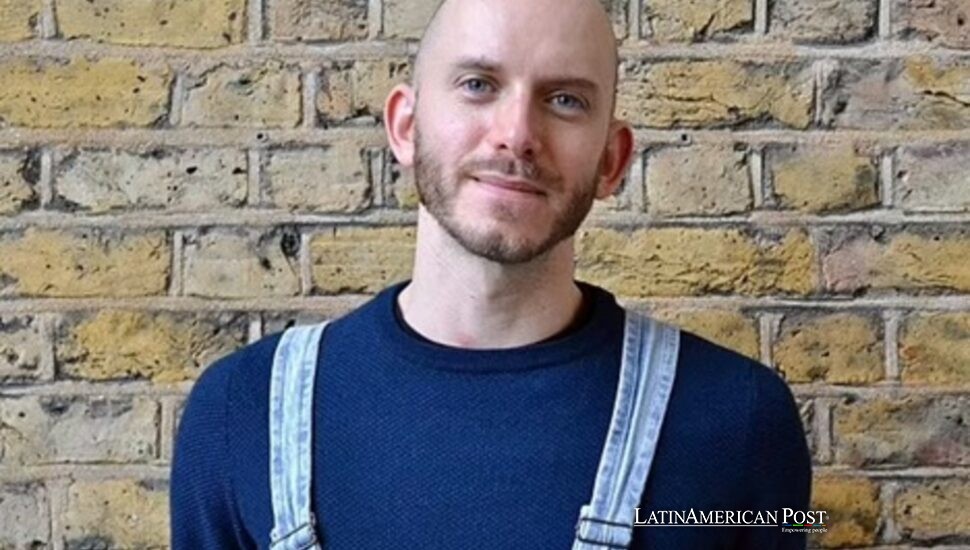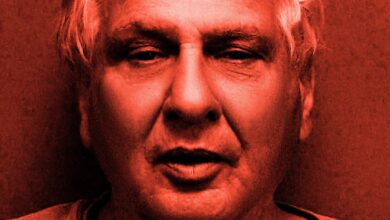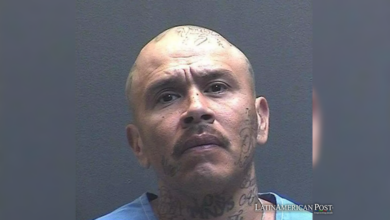Colombian Tourism Shaken After Grisly Discovery

Last weekend, Santa Marta’s beaches were the site of a horrifying event. The police found the dismembered body of Alessandro Coatti, a British biologist. This violent murder increased worries about personal safety in Colombia. Foreign travelers across the globe now have concerns.
The Sunday Horror in Santa Marta
Initial accounts reveal that children located Alessandro Coatti’s body in a suitcase close to the Sierra Nevada football stadium. The stadium is situated outside Santa Marta, a pretty Caribbean town. At first, only the head, hands, and feet of the 42-year-old man surfaced. Law enforcement continues to look for additional parts—a basic hotel wristband assisted in the identification.
Carlos Pinedo Cuello, Santa Marta’s mayor, swiftly condemned the crime and presented a £10,000 reward. This money should help acquire data, and support captures. Since particulars are few, the awful nature of the event startled inhabitants and those elsewhere. Coatti, an Italian-born molecular biologist who worked at the Royal Society of Biology in London, had reportedly been on holiday in the area. Investigators are still piecing together his final hours.
Colombia has long enticed global explorers with its vibrant culture, coastal vistas, and biodiverse landscapes. This recent tragedy highlights the conflict between increased national appeal as a tourist spot and continued safety worries. In recent years, both the UK and US governments have issued strict travel warnings. They advised their populations to act with care in specific areas, especially those impacted by gang operations or poor law enforcement.
A Compiled List of Unsettling Fatalities
Coatti’s death drew notice, but it is just one of some bothersome events that occurred to travelers from Britain and the United States. These are a few notable cases compiled by The Daily Mail.
Joe Tilley (2018)
A British reality TV personality explored Colombian waterfalls. Near the Fin del Mundo (End of the World) site, he fell plus died. Witnesses stated he showed signs of confusion before he went toward the cliff, and this confusion possibly came from drug use. Authorities pointed out he took part in tribal rituals that used poisonous toads. As a result, people guessed that the hallucinogenic events contributed to a drug-induced psychosis.
Henry Miller (2014)
A 19-year-old backpacker traveled from Bristol. He died after he ingested a hallucinogenic brew. The brew was yagé, also named ayahuasca, and he took it during a tribal ritual. Soon after, he became very ill. Because the shaman’s son panicked, he reportedly abandoned Miller’s body near the road. The son recognized the teenager passed away as he traveled to a medical facility. An inquest confirmed the cause of death. The documents named intoxication from yagé and scopolamine.
Paul Nguyen (2022)
At age 27, he traveled from Orange County, California, to Medellín for his initial visit. He arranged a rendezvous with a Tinder contact. Security camera footage showed him leaving a pub with a woman at 2 a.m. Shortly after, he was discovered deceased on a road. Law enforcement suspected he was drugged and robbed.
This spotlights the perils of dating application encounters if criminals target clueless travelers.
Kishori Salter (2016)
Salter, 21, had been reveling in Colombia’s adventure offerings—bungee jumping and paragliding—before a sudden and severe allergic reaction claimed her life. Her family described her as a thrill-seeker who had toured multiple countries, noting that she was “having the time of her life” until tragedy struck.
Tou Ger Xiong (2023)
A 50-year-old American comedian and community activist, Xiong, was abducted by a ransom-seeking gang while visiting Medellín. He was found stabbed multiple times at the base of an apartment building, having also suffered injuries from a 60-foot fall. Police later arrested four individuals connected to the crime, all of whom received lengthy prison sentences.
Austen Arango Smith (2024)
A fisherman of 27 years from Scotland relocated to Colombia – his goal was to live near his father. Someone found him deceased in a Villamaria apartment. Because limited facts surfaced concerning how he died, people knew he had earlier gone through a major motorcycle crash, which put him into a coma. Family members suffered from grief – they presented him as a caring person who valued the ocean lifestyle.
Phillip Mullins (2023)
Mullins, from Tennessee, traveled to Medellín with friends during the holiday season. One morning, he failed to answer calls or join planned outings. Concerned, hotel staff and his companions found him unresponsive in his suite. Investigators suspected an overdose—potentially the result of being surreptitiously drugged—as they discovered hallucinogenic substances scattered around his room.
Border Patrol Agents, Cisneros and Ahmed (2024)
In a baffling event, Jaime Eduardo Cisneros plus Alexander Ahmed, both US Border Patrol agents, went to Medellín for a vacation in late May 2024. Cisneros was discovered lifeless in a hotel room. His death appeared questionable because personal items and valuables disappeared. Following his return home, Ahmed committed suicide. This occurred before the FBI had a chance to speak with him about his co-worker’s last evening. Despite investigations, the precise order of occurrences is uncertain. It is also not known if local criminals singled them out.
Johny Jerome (2023)
Age 45, came to Medellín from New York for his birthday celebration. Following an evening of partying alongside his cousin and two local women, his cousin woke and saw Jerome’s body inside the hotel suite’s jacuzzi. Even though obvious violence was not there, this incident resembled past cases. These tourists met their end under unclear or suspect conditions inside Colombian hotels.
From homicide to accidental overdoses, these fatalities highlight how even the most seasoned or well-intentioned travelers may find themselves vulnerable. Although tens of thousands of visitors enjoy Colombia’s charms every year, these incidents point to a persistent undercurrent of danger—be it from drugs, theft, or insufficient emergency resources in remote areas.
Balancing Risk and Reward
Colombia improved tourism and security, even with unsettling reports, mainly in large cities such as Bogotá, Cartagena, and Medellín. Over the last ten years, government projects have aided in restoring a stable feeling in territories once controlled by lawbreakers. Many travelers say they had good, deep experiences as they explored Colombia’s bright beaches, full rainforests, and historic buildings.
But Alessandro Coatti’s tragic death, located violently in Santa Marta, offers a grim reminder that caution counts. Traveling for adventure or seeing city sights does not guarantee safety. Official advice for travel advises extra awareness, primarily if a person decides to visit rural or unfamiliar areas. Relevant safety measures, such as knowing recent local news, avoiding late meetings with strangers, and handling local products with care remain essential.
The rising popularity of smartphone dating apps also heightens risk, as criminals sometimes pose online to lure tourists into secluded areas for robbery or worse. Cases like Paul Nguyen’s highlight how quickly an evening out can turn lethal if unsuspecting travelers let their guard down.
Many visitors go to Colombia each year without problems. They come because of its music, food, diverse nature, and friendly people. Colombia’s transformation from a place of fighting to a place everyone wants to see shows its strength and ability to change. Bad things can happen in any popular place, and these stories show the need for careful planning, understanding of the local area, and obedience to official warnings.
Also Read: Hispanic Icon Selena Quintanilla: Murderer Denied Parole In Texas
The police investigation of Coatti’s death continues, so both tourists and locals desire a swift resolution. At present, the grim reality is that particular captivating locations in South America feature elements of peril. If travelers heed safety recommendations and respect the local culture, they can see the wonderful aspects of Colombia. People need to be aware of the precarious boundary between thrilling exploration and lethal hazards.





